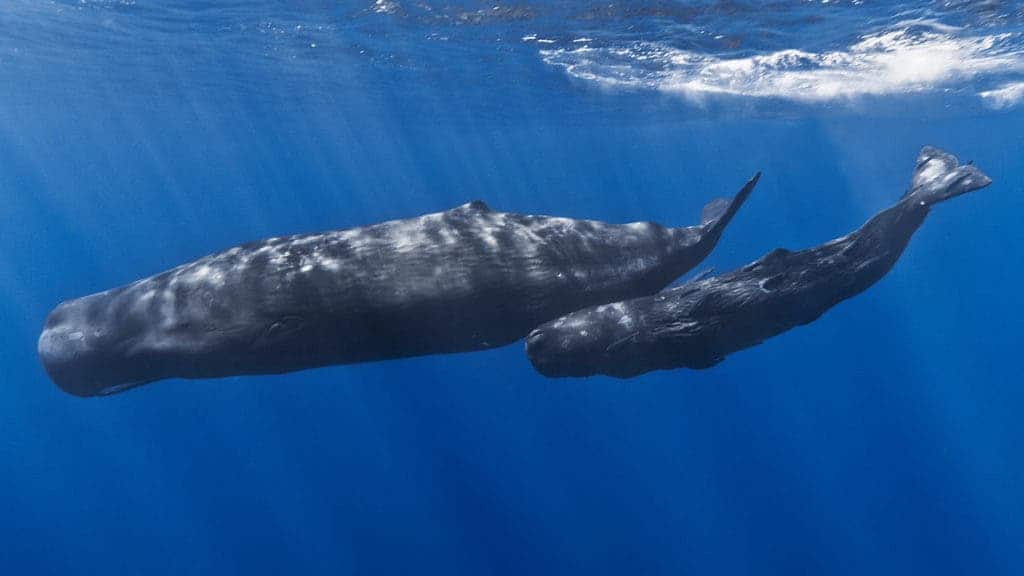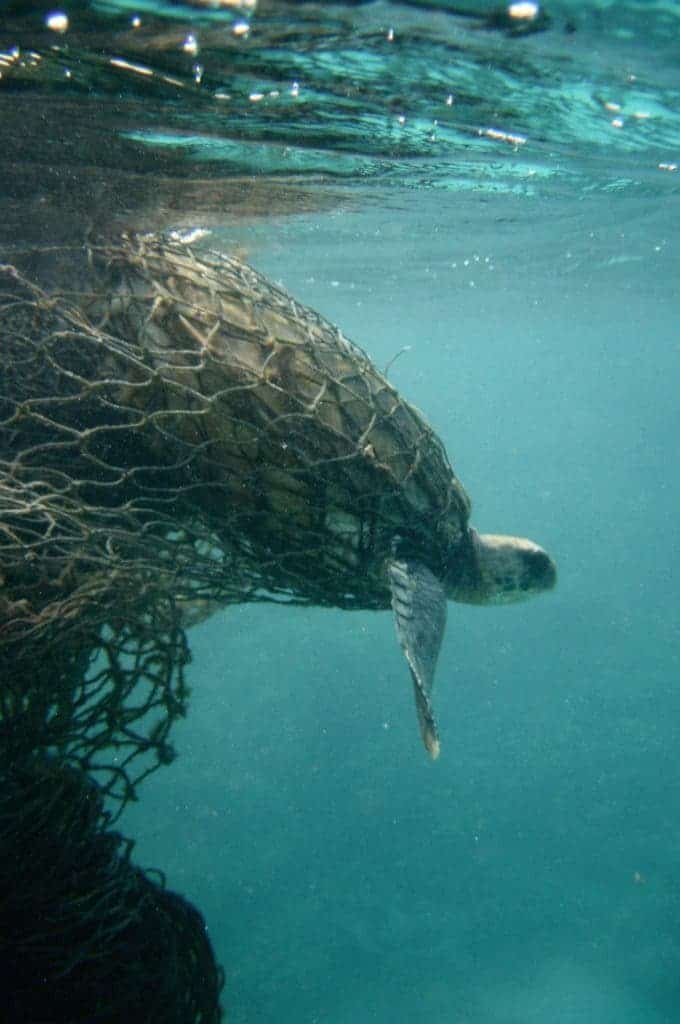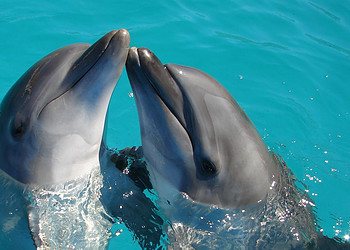In a saddening though not unforeseeable move, the Trump administration has taken another jab at the environmental protection laws in the US, throwing out a proposal to protect endangered whales and sea turtles — even though it was supported by the fishing industry.

Basically, the measure said that if too many protected species were being caught with gill nets, fishing with these drift nets would be stopped for up to two seasons. These nets can measure up to a mile (1.6 km) and often trap or injure numerous species, including endangered ones. Ironically, the industry members themselves proposed this measure, which only affected 20 fishing vessels.
Fin, humpback and sperm whales, short-fin pilot whales and common bottlenose dolphin, leatherback sea turtles, olive-ridley seat turtles and green sea turtles were heavily affected by the nets. The National Marine Fisheries Service, which under President Trump abandoned this measure, said that the fishing industry “has worked hard to reduce its impact” and that there was no need for such a protection scheme.
“Under the proposed regulations, caps would have been established for five marine mammal species and four sea turtle species,” the agency explained in a final action published in the Federal Register Monday afternoon. “When any of the caps were reached, the fishery would have been closed for the rest of the fishing season and possibly through the following season.”

The industry was taking efforts to follow this proposal even though it was only classified as “pending.” Michael Milstein, the spokesperson for the service, cited figures saying that by-catch has reduced substantially, but he was heavily contradicted by biologists and conservationists.
“The Trump administration has declared war on whales, dolphins, and turtles off the coast of California,” Todd Steiner, director of the California-based Turtle Island Restoration Network, told the Los Angeles Times. “This determination will only lead to more potential litigation and legislation involving this fishery. It’s not a good sign.”
Steiner also said that a lot of the by-catch reduction is not owed to the industry improving its practice, but to the sheer reduction of the fishing fleet.
According to NOAA data quoted by the nonprofit Center for Biological Diversity, the California-based gillnet fishery targeting swordfish “catches and discards more than 100 protected whales, dolphins, seals and sea lions each year, in addition to thousands of sharks and other fish.” Katherine Kilduff, an attorney with the Center for Biological Diversity, said that even though by-catch numbers are decreasing, gillnet fishery still injures a large number of endangered animals.
Considering the extremely low numbers of some populations, even a few wounded or killed turtles and whales could make a dramatic difference. The Pacific leatherback turtle, for instance, boasts no more than 2,300 adult females in the wild, each of which is important to the population.






